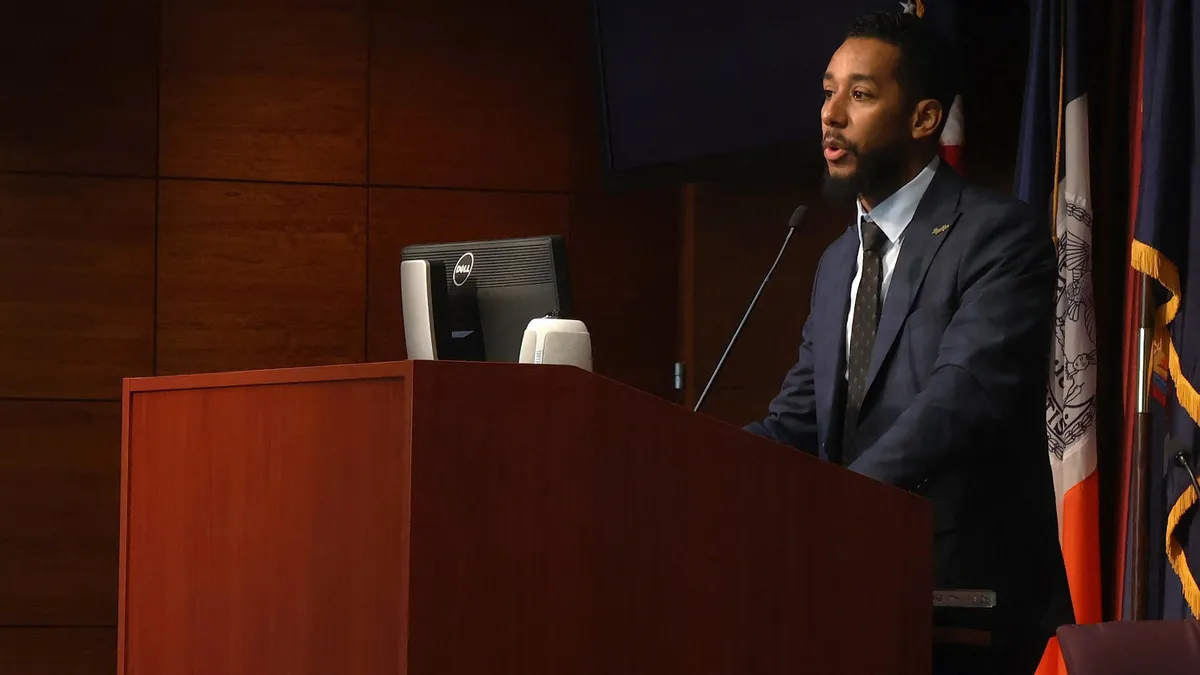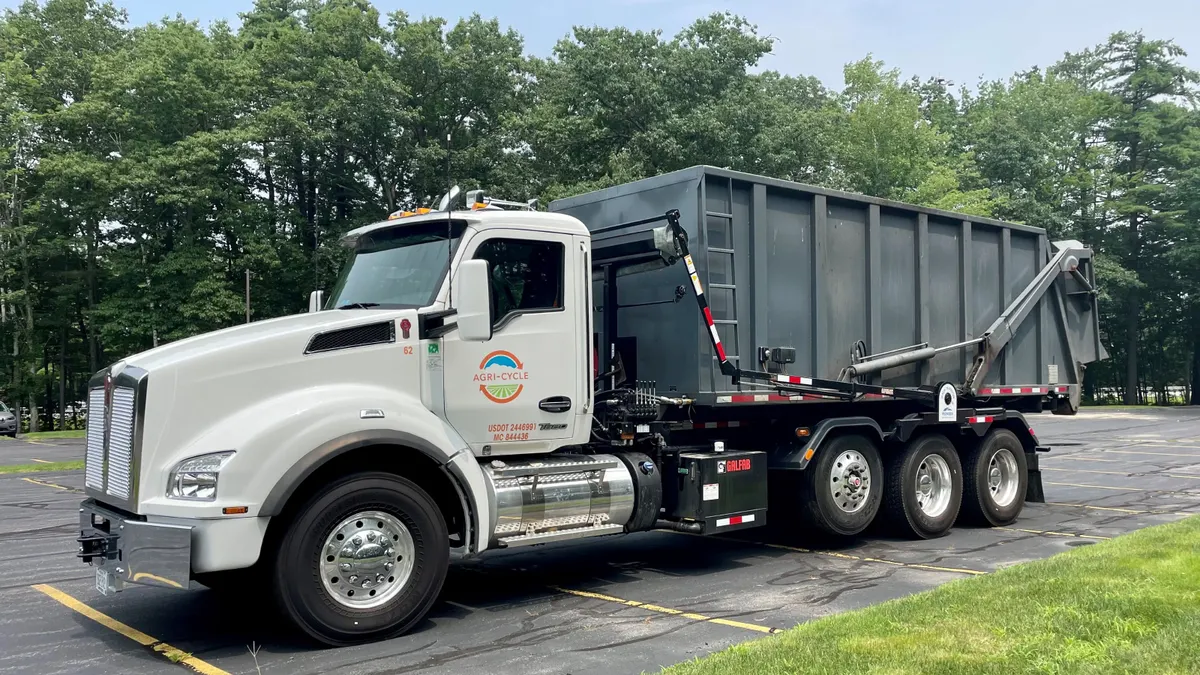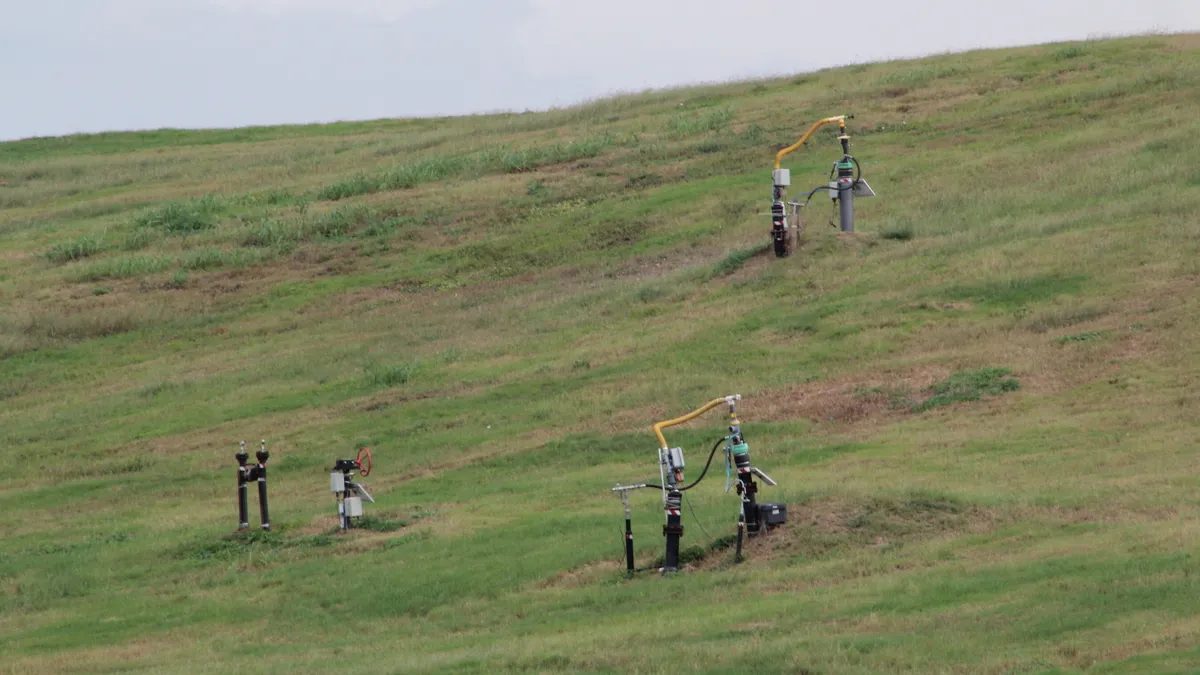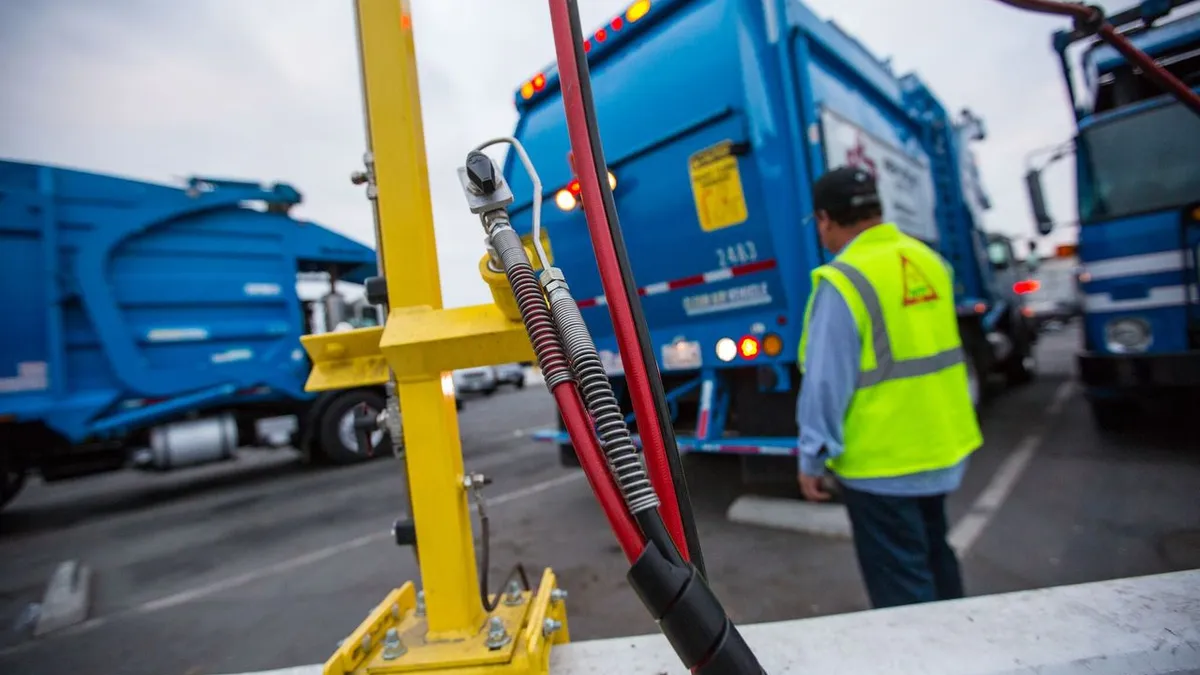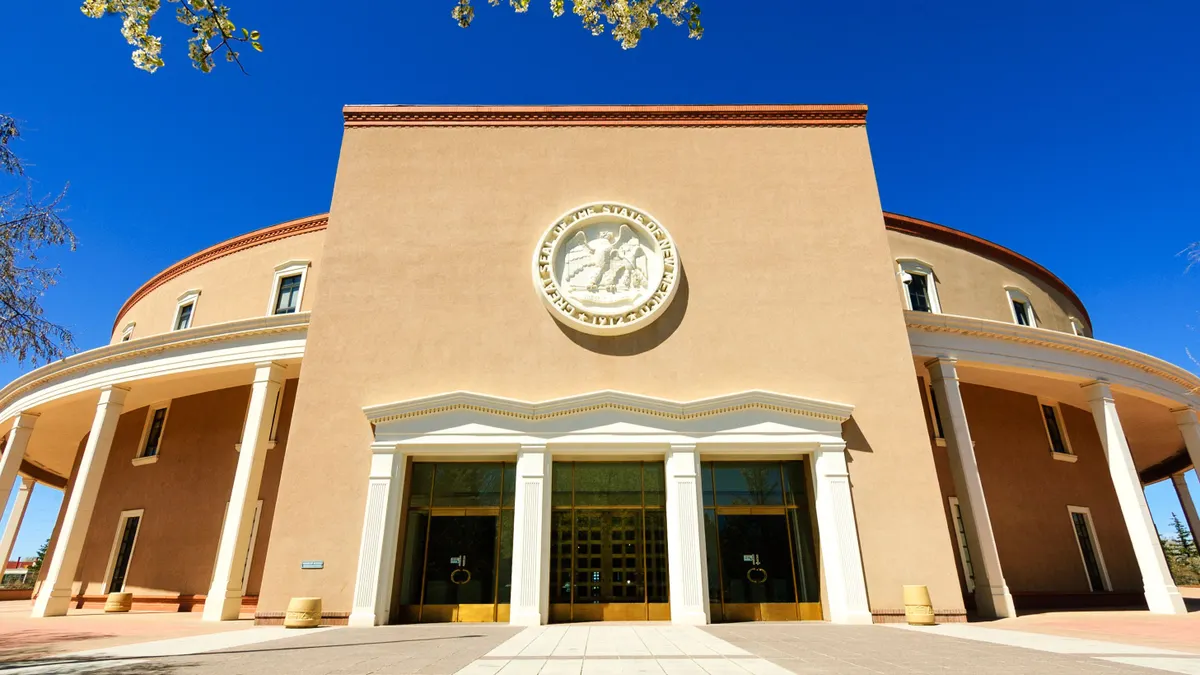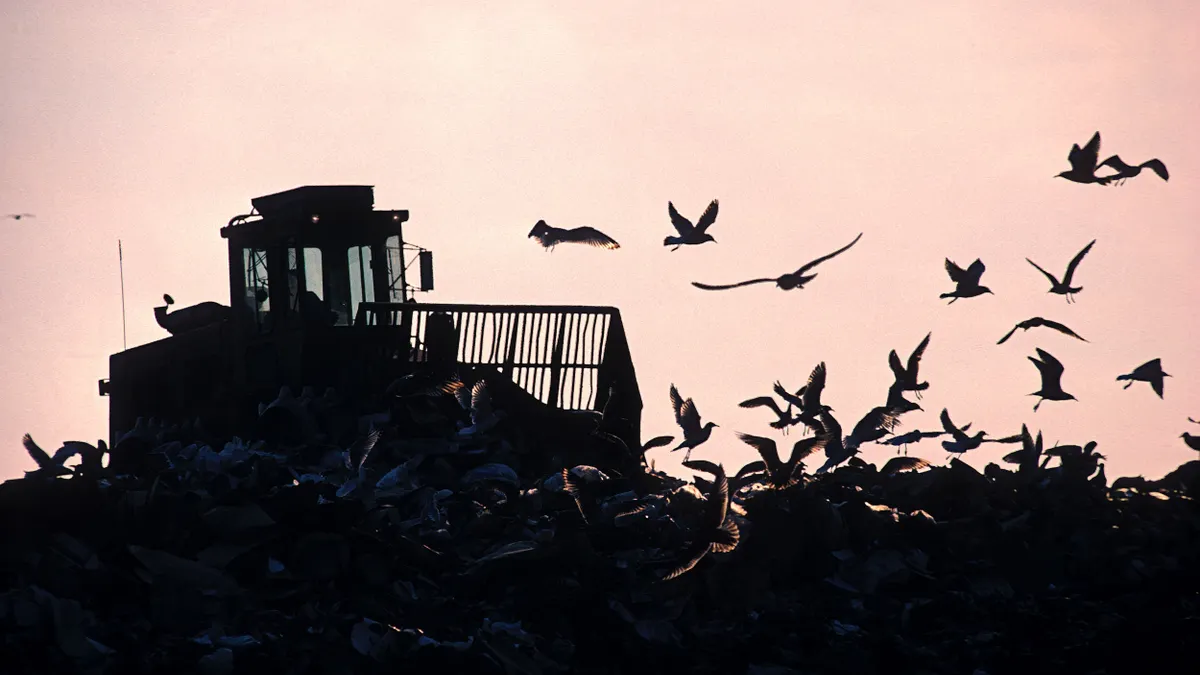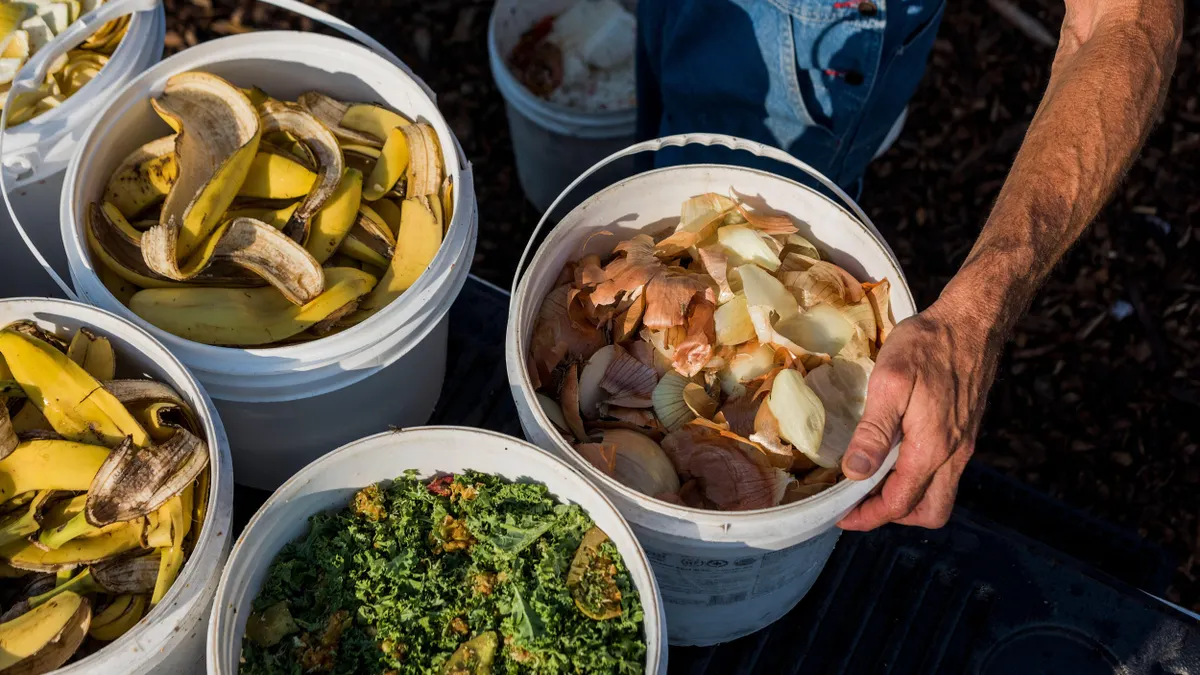A new report from Brooklyn Borough President Antonio Reynoso throws support behind Intro 696, a New York City bill that would require a large expansion in composting capacity across each of the city’s five boroughs.
Reynoso called for an increase in composting capacity over codigestion in New York City at a composting conference last week, the latest salvo in a tug of war over the city’s organics. While the city has implemented a codigestion program with utility National Grid at Brooklyn’s Newtown Creek Wastewater Recovery Facility as a solution for food waste, the benefits of such systems now seem insufficient compared to composting, Reynoso said.
“The diversion in the National Grid side was something 10 years ago, 15 years ago, that we thought was the best option. It's what we knew then,” he said. “Things have changed.”
Reynoso’s office released a report after his speech identifying promising sites for composting facilities citywide. The report was prepared by his staff with support from the Brooklyn and Manhattan Solid Waste Advisory Boards. It dismisses codigestion as a primary solution for organics, despite New York City’s Department of Environmental Protection, National Grid and city officials promoting the technology at Newtown Creek and other wastewater treatment plants.
Following a presentation of the report, DEP officials pushed back on Reynoso’s criticism of codigestion. They argued that such systems could be expanded alongside community composting, especially as digesters can take in materials like fats, oils and greases that composters don’t accept.
“We support this study, we want to see more community composting ... but DEP would really value being part of that conversation and helping to give some information about where we see digesters as being part of the solution,” Brendan Hannon, an energy program analyst at the Office of Energy and Resource Recovery Programs in DEP, said at the event.
The debate over composting versus anaerobic digestion has received close attention in New York City in recent years, in part as budget cuts and a decisions by the city's parks department have put composters at a disadvantage. City council members have sparred with Mayor Eric Adams’ administration over its use of anaerobic digestion in recent hearings, and went around his administration to return funding cut from the city’s community composting program over the summer.
Meanwhile, the city rolled out the nation’s largest residential curbside organics collection program in October. The amount of organics that must be processed through that program could be substantial — New York City's most recent waste characterization study found that residents disposed of roughly 1.2 billion pounds of food.
Intro 696, which has received about two dozen sponsors in the city council, would tip the city’s processing capacity in favor of composting. As currently written, it would require New York City’s Sanitation Department to ensure each borough has enough compost processing capacity to handle at least 180,000 wet tons of food waste annually, not to be commingled with other wastes. The bill would set this mandate for each borough on a multiyear timeline, with Queens and Staten Island required to comply by Jan. 1, 2026; Brooklyn and the Bronx by March 1, 2027; and Manhattan by May 1, 2027.
New York City projects spending more than $471 million on exporting waste in fiscal year 2024, equal to a quarter of the Sanitation Department's budget. Reynoso's office argued in its report that that total could decrease as more organics are captured, though such reductions will correspond with a rise in organics processing.
Nevertheless, his office notes that any increase in spending on organics processing can and should be allocated to facilities within the city, keeping the money within the local economy.
The report also raises environmental justice concerns with the present organics system, in which an increased number of trucks have been routed to WM's Varick Avenue transfer station for pre-processing. The trucks deliver organics to be processed into a slurry, which is then trucked again to Newtown Creek.
Both those facilities are in North Brooklyn, an area where Reynoso had previously pushed to reduce garbage truck traffic through the Waste Equity Act as a council member. The bill required transfer station capacity to be limited in any one district, but exempted organics hauling. The increased use of the Varick Avenue transfer station threatens to undermine the intentions of the bill, Reynoso said.
“The existing codigestion program is putting more trucks on the streets of North Brooklyn. When we exempted composting from the waste equity law, we didn't mean it would be OK to send all of the food scraps and the trucks they come in to one or two places, especially not the neighborhoods like North Brooklyn that are already disproportionately burdened by waste truck traffic,” Reynoso said.
The report also takes issue with DSNY's estimate of the amount of space needed to meet Intro 696's mandate. The agency said that a previous version of the bill — which would have required each borough to have 360,000 wet tons of capacity annually, double the current language — would have required 90 acres of space in each borough. The report from Reynoso’s office argues the actual need is much smaller — closer to 10 to 15 acres per borough — using modern composting techniques like in-vessel systems.
In response to a request for comment, DSNY Press Secretary Vincent Gragnani pointed to contracts awarded by the city to several organics processors in September to handle some of the residential organics collected. Gragnani said with the contracts, DSNY is “diversifying where we send organic material collected and preventing overburdening one neighborhood.” Officials have previously declined to estimate how much truck traffic will be rerouted or how much composting capacity will be used as a result of those contracts.
Reynoso also noted that the city is ramping toward its first Solid Waste Management Plan update in 20 years. The last plan, released in 2006, shifted rules to make each borough responsible for its own waste and ushered in an era of marine transfer stations, Reynoso noted. He envisioned a similar level of transformation with the next plan, due in 2026.
“The next [plan] is a huge opportunity to shape what happens with our trash for the next two decades,” Reynoso said. “Think big about what you want the future of the waste of New York City to look like.”



